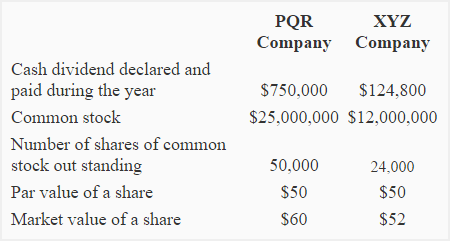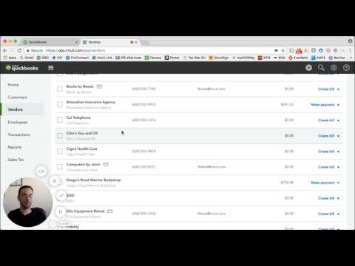
The transaction will then bookstime move back to the For Review, where you can categorize or match it again if needed. Find out more about how features and data move to QuickBooks Online. Once you have entered all your details, select Save. XYPN is the only turnkey advice and planning platform that makes it possible for fee-only financial advisors to build the independent firm of their dreams with complete autonomy.
How to Create Bank Rules (to Save Time!) in QuickBooks Online
Bank rules are a feature in QBO that you can set up to categorize recurring transactions from your bank feed. With bank rules, you can automate many of the transactions that come into your bank regularly. As a business owner, you did not start your business to do accounting (unless you are us of course!).
Set up bank rules to categorize online banking transactions in QuickBooks Online
If you are using QuickBooks Online (QBO) for your accounting, entering transactions manually is time-consuming. Wouldn’t it be great if QBO could create transactions for you? The good news is that it can – by using bank rules. At the start of this post, I mentioned that creating rules will save you time. But the process of creating rules will take you time first.
If your bank rules aren’t getting applied to transactions

The more QuickBooks uses your bank rules, the better it gets at categorizing. After a while, it can even scan transactions and add details like payees. When you have a lot of transactions coming in from your bank feed each month, setting up bank rules will significantly reduce the amount of time you spend entering transactions. Use bank rules for monthly software subscriptions, frequent charges to the same vendor, and recurring payments for loans. See our tutorial on how to process bank reconciliations in QuickBooks Online.
To add a transaction, click anywhere on the transaction, and then tap the Add button. If your bank isn’t shown in a tile at the top of the screen, it isn’t yet connected to your QuickBooks Online account. See our tutorial on how to import bank transactions into QuickBooks to connect your bank account. Looking for more tips on how to save time with your bank accounts in QBO? Be sure to check out our blog on how to reconcile your bank account in QBO. The QuickBooks Online Banking Center includes a tile across the top for each bank and credit card account that’s connected to QuickBooks.
While we’re incapable of offering you more than 24 hours in a day (if any outsourced solution claims otherwise, run in the opposite direction), we can offer you some of your time back. Whether or not you currently use FA Bean Counters for your bookkeeping needs, this blog is bound to save you some time on your books. The only catch is that you use QuickBooks Online (or QBO as those in the bookkeeping biz call it).
- A bank feed in QuickBooks is a feature that allows you to connect your bank accounts and credit card accounts to QuickBooks.
- Each tile includes the name of the financial institution, the current bank balance, and the current account balance in QuickBooks.
- Rules like these can save you from having to update categories and adjust transactions one by one.
How To Create Bank Rules to Streamline QuickBooks Online Bank Feeds
You can also indicate the category that you want the transaction to be assigned to, as well as any tags or classes that you want to apply. Once you’ve set up the rule, QuickBooks will automatically categorize any transactions what is a customer deposit that meet the specified criteria. Bank rules can be set for expenses, deposits, and transfers. Even if the transactions in your bank feed change slightly from month to month, a bank rule can capture these changes and create entries in your QBO system.
Select the Transaction type (Expense, Transfer or Check), assign the account Category, the Payee, Tags, Class. Next, you will need to set which conditions will trigger the rule. The most common trigger is to run the rule based on the Description from the bank feed. You can also set rules based on the Bank text or the Amount. I. Finally, you can review, save the rule, and watch the little green “Rule” icons pop up on your bank feed (it’s oh so satisfying).
If done incorrectly, rules can wreak havoc on your books and most certainly cause your hair to prematurely gray. All newly imported banking transactions will initially appear in the For Review tab at the bottom of the Banking Center screen. This the structure of the saxophone is where you can review, categorize, and match your transactions before adding them to your accounting records. A bank feed in QuickBooks is a feature that allows you to connect your bank accounts and credit card accounts to QuickBooks. It also enables you to automatically import transactions from your bank accounts and categorize them within the platform. On the Create rule form, you can specify criteria such as the transaction amount, payee, or memo.